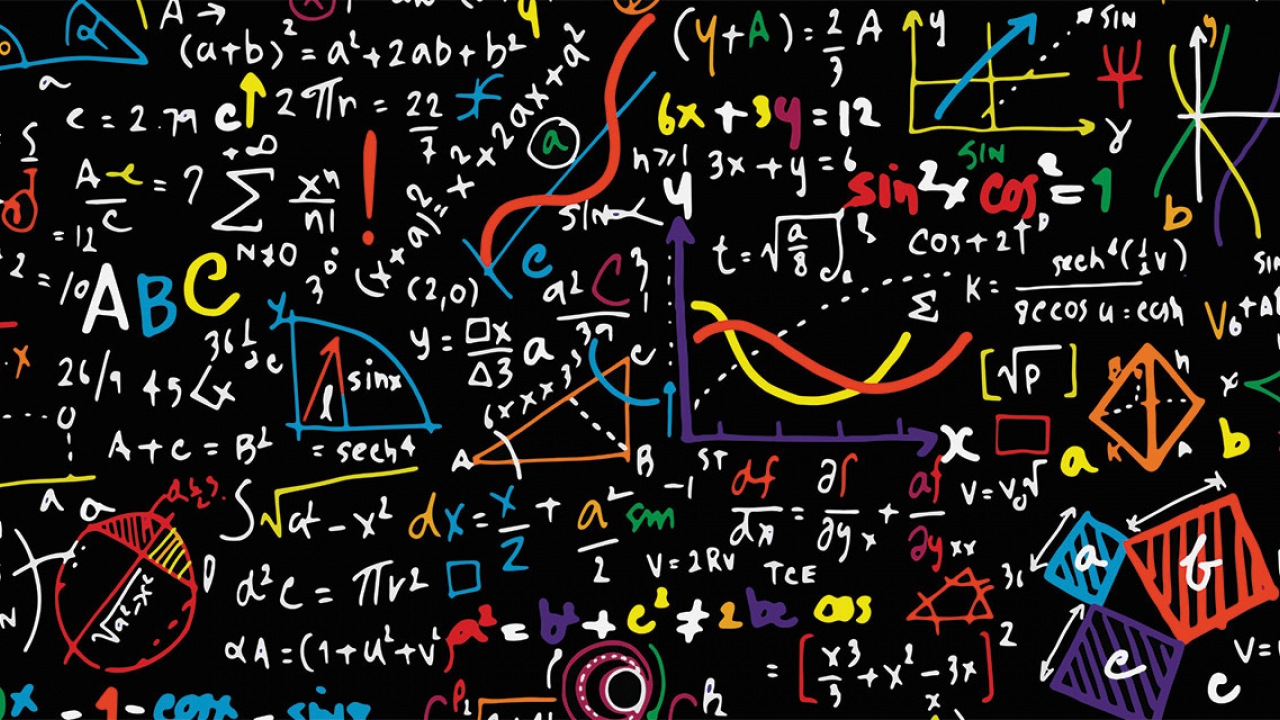Table of Contents Show
∆, ∂, µ, ∞, ∫, ≤. If you are someone who likes math, I’m guessing that you are starting to smile right now, as these symbols trigger fond memories of problems you’ve solved, realizations you’ve made, and challenges you’ve beaten. On the other hand, if you are someone who dislikes the subject, I’m guessing that you’ve let out a sigh by now, whether that be over the grueling memories of the countless formulas you’ve had to copy down or over the fact that I’ve ruined your night by reminding you of symbols you’d hope not to see for as long as possible.
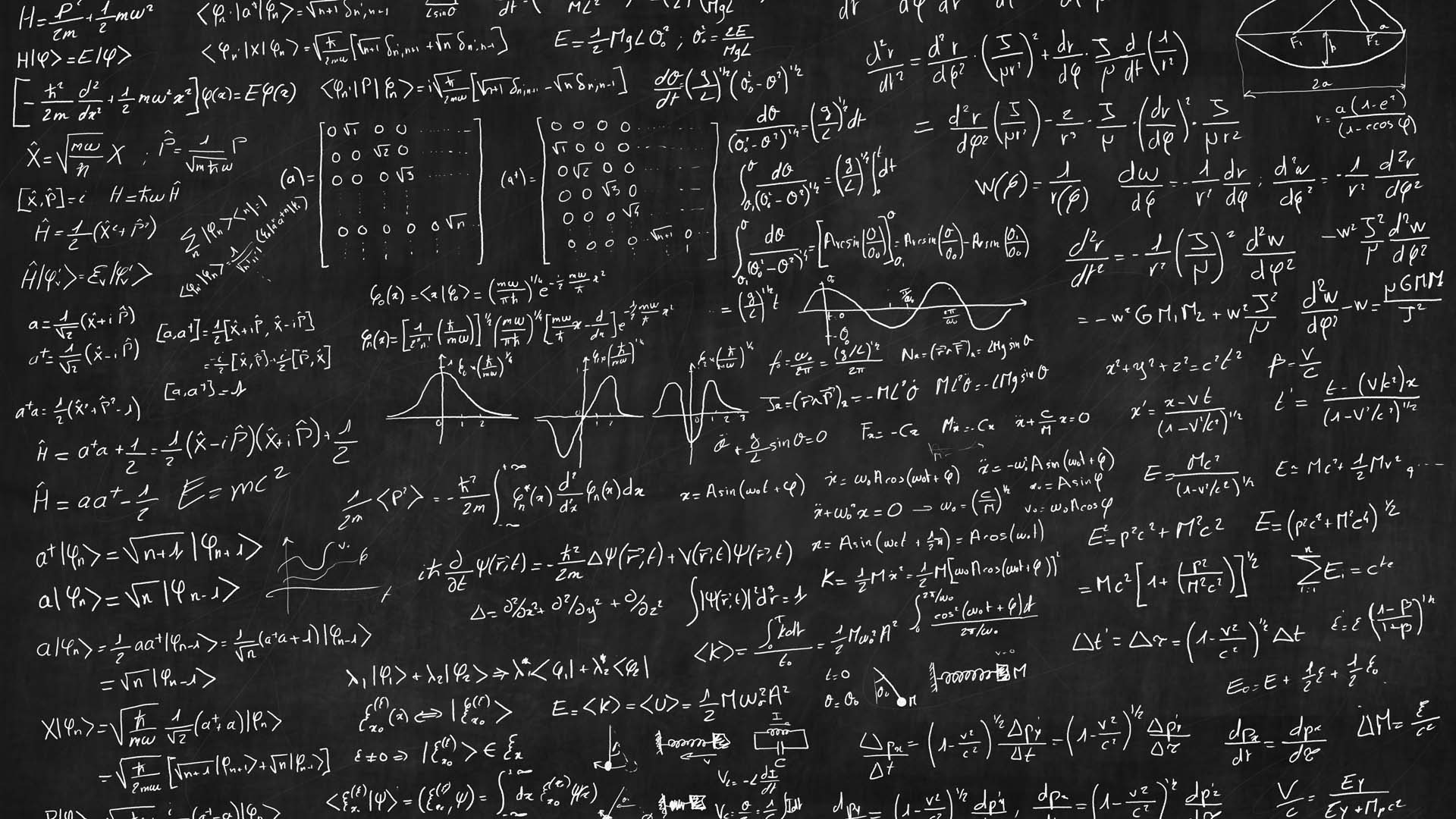
Oftentimes, it seems that there are two types of people: those who like math and those who don’t. What if I told you, though, that these two types of people aren’t really all that different? Deep down, I think we all like math. However, we grew up in systems where we were taught to dislike it. Somewhere along the way in our education, many of us garnered understandings of math that misrepresent the true essence of the subject. As a result, some of us were programmed to believe that we disliked the subject when in reality, that was far from the truth. In fact, there are 3 M’s in pop culture that proves our internal love for math; they are music, Marvel, and media.
Where It Went Wrong
Before we can get into the 3 M’s, we need to discuss why people think they don’t like math in the first place. Many people who say that they dislike math explain that they don’t like memorizing a bunch of formulas, solving problems in a pre-determined way, or learning concepts like the Pythagorean theorem that they’ll never use outside of the classroom (( “Why So Many Students Hate Math (And How To Fix It),” Oxford Learning, May 9, 2019 )). When those people are explaining their grievances with the subject, I think they are more-so (unknowingly) expressing frustration with the way they learned and/or were taught the subject rather than frustration with the subject itself.
Memorization Instead Of Math
It is true that math contains a lot of numbers and a fair share of foreign-looking symbols that form the formulas and equations that are so emphasized in school. And since one needs those aforementioned formulas and equations to pass the tests that determine their grades, it makes sense that math would seem to be a subject strictly about memorizing content. It’s hard to blame anyone who sees it that way for disliking the subject because simply memorizing a series of scary and foreign symbols is not particularly exhilarating (( “Why So Many Students Hate Math (And How To Fix It),” Oxford Learning, May 9, 2019. )).
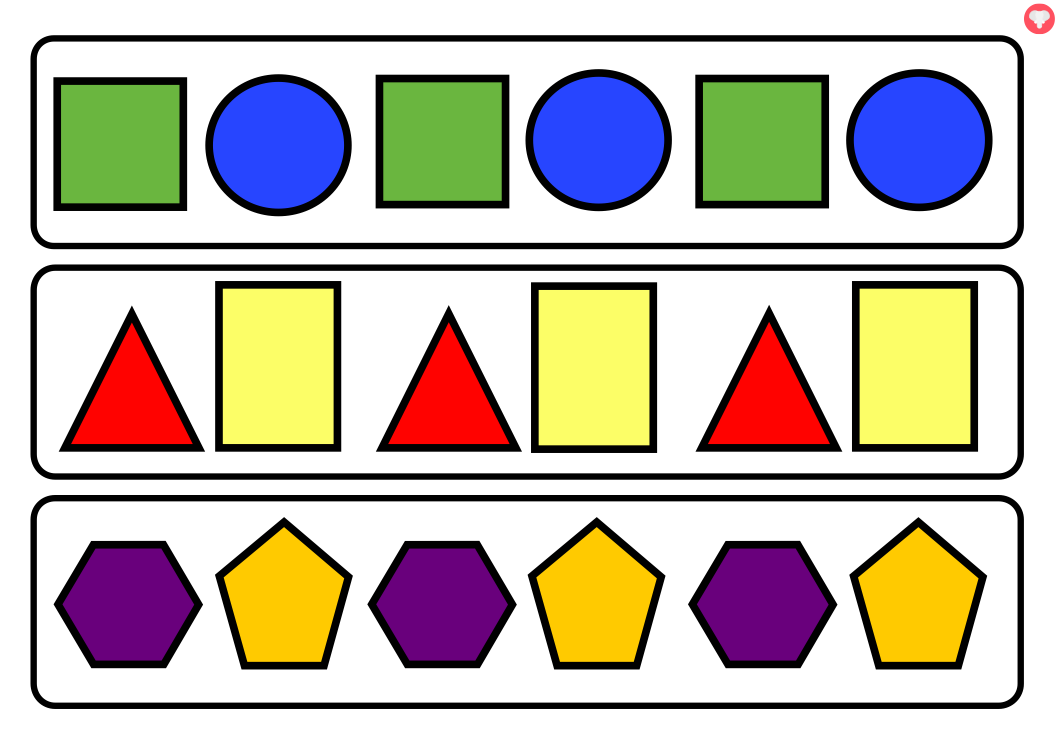
That’s not what math is about, though. According to the Merriam-Webster dictionary, math is “the science of numbers and their operations, interrelations, combinations, generalizations, and abstractions and of space configurations and their structure, measurement, transformations, and generalizations” (( “Mathematics,” Merriam-Webster. )) But on an even broader level, math comes down to quantifying the patterns we see around us clearly and concisely. It allows us to better understand our universe and discuss those ideas with one another. It is about efficiency, pattern recognition, and communication. The numbers and the symbols are just the tools that enable us to do so.
Swiss Cheese Learning
Nevertheless, many American schools do not teach math in a way that illuminates its ability to help us find answers about our existence. Instead, by forcing students to move on to more advanced topics before they’d mastered former ones, schools set students up to fail and, therefore, not be able to see the beauty of the subject. In Sal Khan’s book, One World Schoolhouse, he discusses this problem in education, coining it swiss cheese learning (( Khan, Salman, The One World Schoolhouse, Random House Korea, 2013. )).
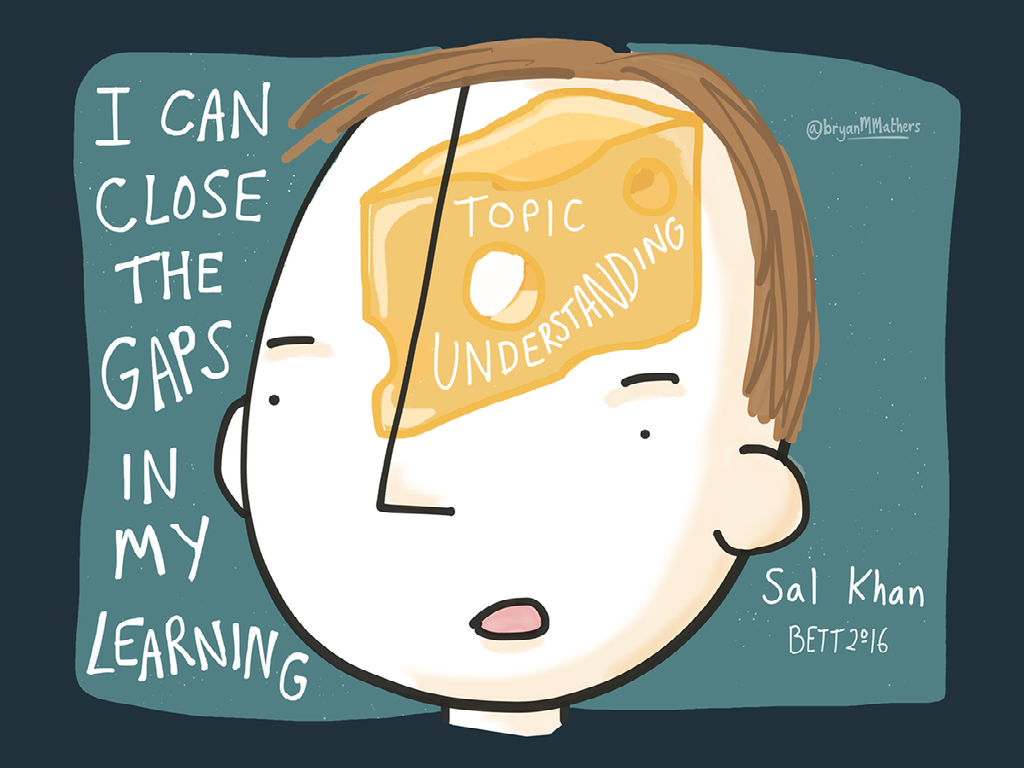
Say that a student gets a 75% on her integers test in pre-algebra. In most schools, she is allowed to move on and start learning how to solve algebraic equations. However, on her last test, she demonstrated that roughly 25% of the integers content she hadn’t mastered, which means that she will probably struggle in algebraic equations. Allow that to keep happening from unit to unit and then grade level to grade level, and she is eventually going to hit a wall where she simply can’t go any further. Why? Because just like swiss cheese is full of holes, so is her understanding of math.
Swiss Cheese And Memorization
On top of just setting the student up to eventually fail when she hits that inevitable aforementioned wall, the swiss cheese learning model is also what converts many students to memorize their way through math. Math builds on itself, so when students don’t master material before they move onto the next topic, they don’t get the opportunity to fully understand the origins of the new content. Knowing those origins is what allows some to conceptualize their math instead of memorizing its methodology; one only needs to memorize in math when she doesn’t fully own the preceding content.
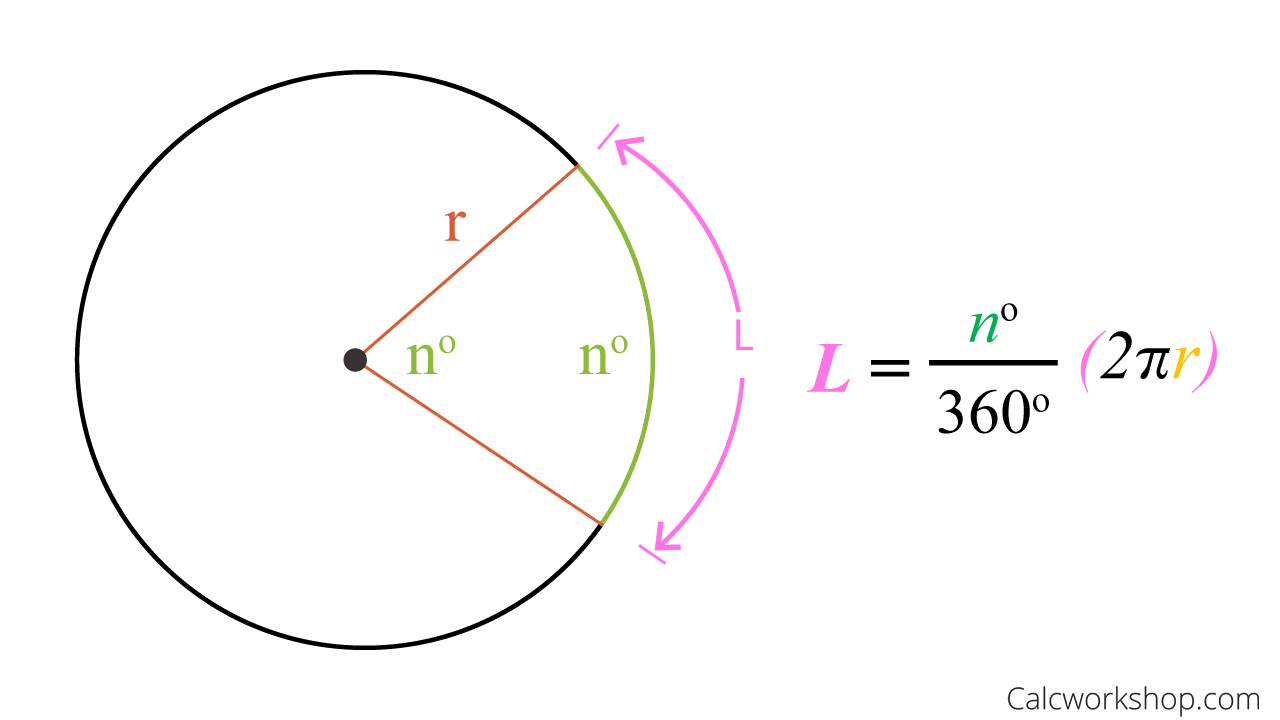
Take the arc length of a circle formula, for example. So that we are on the same page about the formula in discussion, let’s quickly define it. Think of it like you take a pizza slice that is r units long (r is the radius of the pizza). You know that the tip of that slice has an angle measurement of n degrees. With this arc length formula, you can determine how long the crust is on that piece of pizza; the length of the crust is the same as the arc length.
If you know that both the arc and the angle measure are just portions of the full circle, then it is natural that the arc length equation is just that portion of the circle (represented by a fraction) multiplied by the circumference of the circle. Therefore, it is easy to remember that the arc length equation = (angle measure/ 360 degrees) X circumference. However, without understanding the basics, one just has to memorize that formula to pass one’s test on it.
Moreover, when they don’t understand the origins of new material, students are forced to follow the teacher’s method of solving problems. The reality is that there are many ways to conceptualize and approach various mathematical problems, but one only has the freedom to explore those ways with a solid foundation. Without that foundation, it can feel like there is no freedom in math, and it’s hard to blame anyone for hating that feeling. Therefore, the swiss cheese learning in math gives students a false impression of the essence of math by leading them to believe that it is only about memorization and by setting them on an overwhelming path to an eventual wall in their math learning.
The 3 M’s
Now that we’ve discussed the misconceptions let’s go back to the idea of math being about efficiency, pattern recognition, and communication and apply it to pop culture. When we do so, we’ll discover that the 3 M’s — music, Marvel, and media — are proof that more people like math than they might think.
Music & Math
One major element of math is the concept of patterns. Take, for example, the rule that all even numbers are divisible by 2. At some point in the past, someone noticed that he could divide all even numbers by 2, and as a result, that is now a common rule. Similarly, pleasant-sounding music also relies on patterns. Since we are talking about pop culture in this article, let’s use pop music as our example.

Have you noticed that it is not usually hard to predict what is coming next in a pop song? That’s because most pop songs follow the same exact structure: intro, first verse, pre-chorus, chorus, second verse, pre-chorus, chorus, bridge, chorus, ending (or some very close variation of that with maybe a third verse) (( Team, AIMM, “How to Structure a Pop Song,” Online Atlanta Institute of Music & Media | Best Music College. )). On top of that, most pop songs have a similar sound, because they use similar chord progressions (( “Common Chord Progressions – Pop Music,” Mixed In Key, 5 June 2020. )). Pop songs and pop music is very repetitive, and that’s also why it’s so popular.
Our brains like repetition. So when we hear it in our pop music, we usually enjoy it. (( “4 Ways That Music and Mathematics Are Related,” OSMD, 13 Oct. 2019. )) Of course, we can easily get sick of some of it, but overall, our brains react well to the repetition. Now let’s talk math. I’m guessing that even if it was not your favorite subject, you probably still enjoyed noticing patterns in your work and being able to apply those same patterns to all the other problems you solved. Maybe if patterns and pattern recognition were more emphasized in math, more people would enjoy it. After all, it hard to deny a love for patterns when it’s evident in the music we enjoy.
Marvel And Math
Another key part of math is efficiency. My math teacher explained this concept to us by asking us to touch our ears. When we did this, she pointed out that we used our right (or left) arms to touch our right (or left) ears, respectively. We did not reach around our heads to touch our opposite ears. Why? Because we naturally lean towards efficiency.
Particularly in Marvel’s Spider-Man, the concept of efficiency is quite evident in the actions scenes we all love. For example, in all of the movies where he is swinging from building to building, he is subconsciously determining where to shoot his webs in such a way that his journey is as effortless and quick as possible; notice how he doesn’t just shoot a series of short strings that’d extend his overall trip.

Similarly, in Spider-Man Far From Home, when Spider-Man is fighting Mysterio and the drones on the bridge in London, he jumps from wall to wall and moves based on where he can best be prepared to advance/fight back. He senses his most efficient path to Mysterio, and he follows it, and we enjoy watching it. Why? Because we, too, appreciate the efficiency of his moves because they enable him to take down the bad guy while enduring the least possible amount of harm to himself and while preventing the most damage from Mysterio.
Media & Math
Arguably the most important part of math is that it is clear, concise, and rooted in proof or at least solid reasoning. Theorems like the Pythagorean theorem and laws like the laws of Sine and Cosine all had to be proven before they became standard in math settings. On top of that, theorems, laws, and equations are all concise; they might not always look simple, but they are always to the point, without excess. Math has to be this way because if math helps us understand our universe, it needs to be right, and it needs to be written in a way that enables communication between us all (( Devlin, Keith, Introduction to Mathematical Thinking, 2012. )).
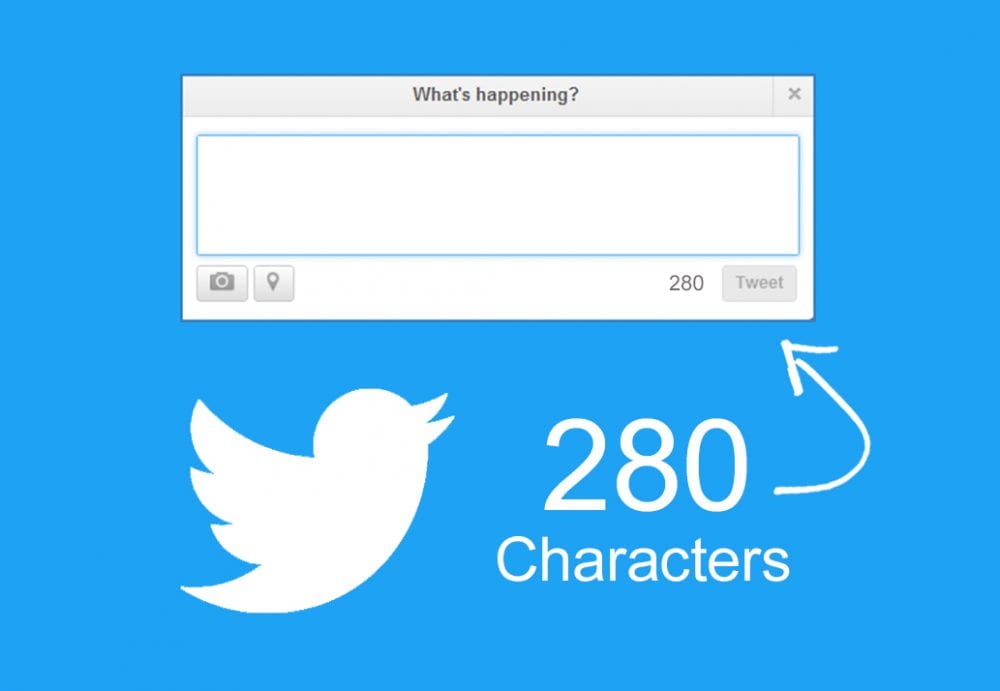
In media, we see that same appreciation for clarity and proof. With word/character limits, many social media platforms like Twitter and Instagram require users to communicate their ideas clearly and concisely. The best Vines were those that could communicate a funny storyline in the short, 6-second time limit. Similarly, article and magazine writers need to “get to the point” with their work such that they retain the interest of readers. They also need to prove their points or others won’t listen. The same rule applies to video creators, who need to capture and retain interest by communicating effectively with viewers.
In mainstream media, those who are successful are those who prove their points and communicate important or intriguing messages to us in a way that gets us invested. Why? Because we respect and appreciate clarity, conciseness, and proof. If that’s the case in media, it not a far stretch to say that people can appreciate that in math too.
To See It In Another Light
Maybe some people already see math as a language of patterns, clarity, and proof but still don’t find it beautiful. The point of this article is not to force you to admit that math is beautiful or to make anyone say that math is their favorite subject now. The point is to reveal flaws in our experiences learning math that gave us false impressions about what the subject is about.
The point is to present another way to think about math and to use 3 M’s in pop culture as examples of why people might not hate math as much as they think they do. Maybe someday, math will become something that we all appreciate, not something that makes half of us close our ears and grumble at the reference of it.
